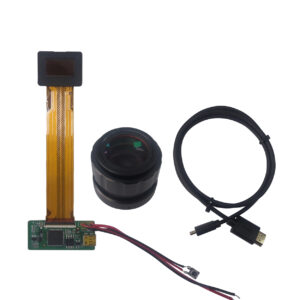
사업에서 위대한 일은 결코 한 사람이 하는 일이 아닙니다. 그것은 사람들의 팀에 의해 이루어집니다. 우리는 역동적인 사람들의 집단을 가지고 있습니다.
This article dives deep into the world of 0.96 inch OLED 디스플레이 modules, specifically focusing on the 128×64 resolution variant that communicates via the 아이오에이(I2C) interface. We’ll explore its features, capabilities, and address the question that’s been circulating among enthusiasts and developers: what’s the actual 새로 고침 빈도 of these compact displays? This article is worth reading because it provides a comprehensive overview of a popular 디스플레이 모듈, shedding light on technical details that are often overlooked. Whether you’re a hobbyist working on a DIY project, a developer integrating displays into a product, or simply an OLED technology enthusiast, this article will equip you with a thorough understanding of the 0.96 inch 128×64 I2C OLED display module.
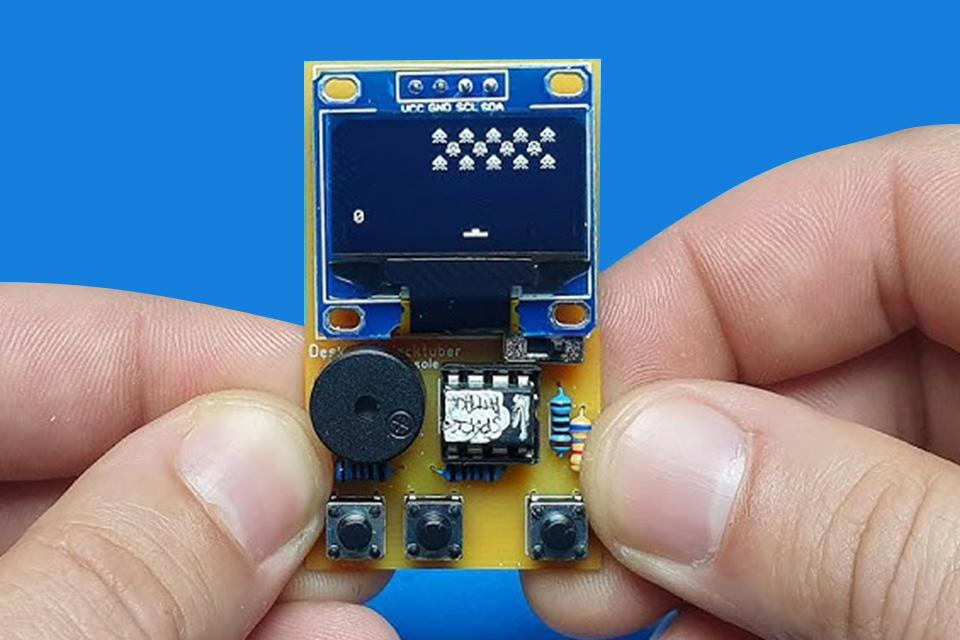
OLED stands for Organic Light-Emitting Diode. Unlike traditional 액정표시장치 displays that rely on a 백라이트 조명하다 픽셀, OLED displays are self-luminous. This means each 픽셀 에서 OLED 화면 generates its own light. This fundamental difference leads to several advantages of OLED over 액정표시장치. One of the most significant is the ability to achieve true blacks. When an OLED pixel is turned off, it emits no light, resulting in perfect black levels. This leads to an infinite contrast ratio, providing stunning visuals with vibrant colors and exceptional image depth.
LCD 디스플레이 technology, on the other hand, relies on a backlight that shines through a layer of liquid crystals. These crystals modulate the light to create the image. However, even when displaying black, some light from the backlight still leaks through, resulting in a grayish appearance rather than true black. Compared to LCD, OLED technology offers a wider viewing angle range, thinner 패널 construction, and faster response speed. For instance, ASUS has introduced 27-inch OLED gaming displays that offer a superior visual experience thanks to these inherent advantages of the technology, demonstrating that OLED display makes a significant difference in high-performance applications.
그만큼 0.96 inch OLED display offers a compact yet effective solution for various applications. Its small size makes it ideal for wearable devices, small gadgets, and projects where space is a premium. Despite its small size, this inch display provides a clear and sharp visual output, making it suitable for displaying essential information or graphics. It’s 널리 사용됨 in development boards like 아두이노 그리고 ESP32, allowing hobbyists, students, and engineers to create a wide range of innovative projects.
그만큼 0.96 inch size of the OLED 디스플레이 모듈 finds a sweet spot between visibility and compactness. It is large enough to display a reasonable amount of information while remaining small enough to integrate seamlessly into various devices. Moreover, the OLED technology ensures excellent visibility even under bright lighting conditions, thanks to its high 명도 and self-luminous nature. This makes the 0.96 inch OLED 표시하다 a versatile choice for both indoor and outdoor applications. The OLED 디스플레이‘s ability to 방출하다 its own light also contributes to its 낮은 전력 소모, making it an excellent choice for battery-powered devices.
그만큼 아이오에이(I2C) (Inter-Integrated Circuit) 인터페이스 is a serial communication protocol widely used for connecting low-speed peripherals to microcontrollers. It uses only two wires: SDA (Serial Data) and SCL (Serial Clock). This simplicity makes it easy to implement and requires minimal 하드웨어 resources. The 아이오에이(I2C) bus is compatible with a master/slave architecture. In the world of OLED displays, the I2C OLED displays typically act as slaves, receiving commands and data from a master device like an 아두이노 또는 ESP32.
I2C communication allows for efficient control of the OLED 표시하다 using a minimal number of pins. The master device sends commands to the 표시하다‘s 제어 장치 chip, 예를 들면 SSD1306, to set the 픽셀, control 명도, and manage other display parameters. The use of 아이오에이(I2C) simplifies the wiring and reduces the complexity of the 인터페이스, making it a popular choice for OLED 디스플레이 모듈. For example, manufacturers and suppliers often provide libraries and code examples specifically designed for I2C pins, making it easier for developers to integrate these displays into their projects and also verify its function.
그만큼 128×64 해결 의 수를 말합니다 픽셀 에 표시하다. In this case, the OLED 표시하다 128개가 있습니다 픽셀 수평으로 64 픽셀 vertically, totaling 8,192 픽셀. 그 해결 directly impacts the sharpness and detail of the displayed image or text. Higher 해결 더 많은 것을 의미합니다 픽셀 packed into the same area, resulting in a sharper and more detailed image. The 128×64 디스플레이 resolution is common in small OLED modules like the 0.96 inch variant.
하는 동안 128×64 might seem low compared to high-resolution smartphone displays, it’s perfectly adequate for displaying simple graphics, text, and icons on a small 화면. 그 해결 의 OLED 128×64 module is sufficient for many applications, such as displaying sensor readings, status updates, or simple menus. The limited number of 픽셀 also means less data needs to be processed and transmitted, contributing to faster 새로 고치다 rates and lower 전력 소모 of these displays.
| 특징 | 0.96 Inch OLED Display Module |
|---|---|
| 해결 | 128×64 |
| 인터페이스 | 아이오에이(I2C) |
| Controller Chip | SSD1306 (commonly) |
| 색상 | Monochrome (typically blue or white) |
| 시야각 | 넓은 |
그만큼 새로 고침 빈도 의 표시하다 refers to the number of times the image on the 화면 is updated per second, measured in Hz. A higher 새로 고침 빈도 generally results in smoother motion and reduced motion blur. However, the 새로 고침 빈도 of small OLED modules like the 0.96 인치 128×64 아이오에이(I2C) variant is often not explicitly stated in datasheets, leading to some confusion among users.
Unlike gaming monitors, where the 새로 고침 빈도 is a key selling point, the 새로 고침 빈도 of these small OLED modules is primarily determined by the speed of the 아이오에이(I2C) communication and the 제어 장치‘s ability to update the 표시하다‘s internal 숫양. 동안 SSD1306 제어 장치 can theoretically support relatively high 새로 고치다 rates, the actual achievable rate in a real-world application depends on factors such as the microcontroller’s speed, the 아이오에이(I2C) bus speed, and the complexity of the displayed content. While it’s difficult to pinpoint an exact number, the general consensus among the community is that these displays can achieve a 새로 고침 빈도 sufficient for displaying dynamic content without noticeable flicker or lag in most use cases, though dedicated tests might be needed to determine the precise value for a particular setup.
While the 0.96 inch OLED display might not be suitable for immersive, high-resolution 노름 experiences like those provided by dedicated OLED 노름 감시 장치, it can still be used for simple, retro-style games or to display game-related information. The fast response speed ~의 OLED technology ensures minimal motion blur, providing a smooth visual experience for fast-paced action, even on this small 화면.
The compact size and 저전력 nature of the 0.96 인치 OLED 표시하다 makes it a good fit for handheld gaming devices or for displaying secondary game information, such as scores, health bars, or mini-maps. The 128×64 해결 is well-suited for pixel art graphics commonly found in retro games, and gamers can leverage the OLED‘s vibrant colors to create visually appealing game interfaces. With some creativity, developers can design engaging games specifically tailored for this small OLED 디스플레이 모듈, taking advantage of its unique characteristics.

Connecting an OLED 디스플레이 모듈 to a microcontroller like an 아두이노 or an ESP32 is relatively straightforward, thanks to the 아이오에이(I2C) 인터페이스. 최대 0.96 인치 OLED modules come with four pins: VCC (power), GND (ground), SCL (Serial Clock), and SDA (Serial Data). To connect it to an 아두이노 Uno, for instance, you would connect VCC to the Arduino’s 5V or 3.3V pin, GND to GND, SCL to the Arduino’s A5 pin (SCL), and SDA to the Arduino’s A4 pin (SDA).
에 대한 ESP32, the process is similar. You would connect the OLED module’s VCC to the ESP32’s 3.3V pin, GND to GND, and then identify the ESP32‘s I2C pins. These pins can vary depending on the specific ESP32 development board you are using, so it’s essential to consult the board’s documentation. Once the 하드웨어 connections are made, you can use libraries like Adafruit’s SSD1306 library or the U8g2 library to control the OLED 디스플레이 from your 아두이노 또는 ESP32 code. These libraries provide functions for drawing 픽셀, text, and shapes on the 표시하다, making it easy to create custom graphics and interfaces. Here you can also find some contact information, as well as their privacy policy.
| Microcontroller | OLED VCC | OLED GND | OLED SCL | OLED SDA |
|---|---|---|---|---|
| 아두이노 우노 | 5V/3.3V | 접지 | A5 | A4 |
| ESP32 | 3.3V | 접지 | (Varies) | (Varies) |
주요 장점 중 하나 OLED technology is its relatively 낮은 전력 소모 에 비해 액정표시장치 displays. This is because OLED pixels only consume power when they are emitting light. When displaying black, an OLED pixel is essentially turned off, consuming minimal power. The 0.96 inch OLED display modules are particularly power-efficient due to their small size and limited number of 픽셀.
The actual 전력 소모 of an OLED 디스플레이 모듈 다음을 포함한 여러 요인에 따라 달라집니다. 명도 설정, 숫자 픽셀 that are lit, and the color being displayed. White 픽셀 generally consume more power than other colors. For example, using OLED’s black background with white text can significantly reduce 전력 소모. It’s essential to consider these factors when designing battery-powered devices that use OLED displays to optimize battery life. In many cases, you can further reduce 전력 소모 by dimming the 표시하다 or turning it off completely when not in use. The SSD1306 제어 장치 also provides commands for controlling the 표시하다‘s power-saving modes.
Pricing ~을 위한 0.96 inch OLED 표시하다 modules can vary depending on the 제조업체, the specific features, and the quantity ordered. You can find these modules on various online electronics retailers, including specialized suppliers of display modules, electronic components distributors, and general online marketplaces. When searching for pricing, it’s helpful to use specific keywords like “0.96 inch OLED display,” “128×64 OLED,” “I2C OLED,” and “SSD1306” to narrow down the results.
올바른 것을 선택하다 OLED 표시하다 기준 치수 involves considering factors beyond just pricing. You should also consider the color options (monochrome displays are typically blue or white), the operating voltage (some modules are designed for 3.3V while others can handle 5V), and the operating temperature range. Additionally, check for the availability of technical documentation, sample code, and community support. Reading reviews from other users can also provide valuable insights into the quality and reliability of a particular OLED module. And don’t forget to 문의하기 if you have any questions.
그만큼 OLED 표시하다 market is constantly evolving, with ongoing research and development pushing the boundaries of the technology. We can expect to see improvements in OLED manufacturing processes, leading to lower production costs and potentially lower prices for consumers. There’s also a trend towards larger, higher-해결 OLED panels, as evidenced by the increasing popularity of OLED TVs and the emergence of OLED 노름 monitors.
In the realm of OLED gaming monitor, we can anticipate further advancements in 새로 고치다 rates, response times, and color gamut. The inherent advantages of OLED, such as infinite contrast and near-instantaneous pixel response, make it an ideal technology for 노름. As the technology matures and becomes more affordable, we’re likely to see a wider adoption of OLED displays in the gaming market, potentially even surpassing 액정표시장치 as the preferred choice for enthusiast gamers. The development of flexible and foldable OLED displays opens up exciting possibilities for new form factors and innovative gaming device designs. We may see 희석제, lighter, and more portable gaming devices, thanks to the flexibility of OLED technology. Some expert claims that this may happen in 2024.


This article dives deep into the world of 0.96 inch OLED display modules, specifically focusing on the 128×64 resolution variant that communicates via the I2C interface.
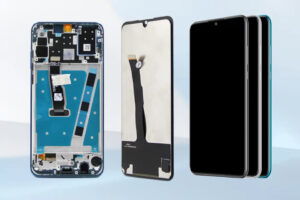
이 글에서는 LCD 화면 수리에 대해 깊이 파고들어, 깨지거나 금이 간 화면에서 발생할 수 있는 문제, 이를 식별하는 방법, 그리고 이용 가능한 최상의 솔루션에 대한 포괄적인 이해를 제공합니다.
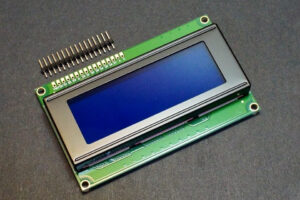
이 글에서는 Arduino와 ESP32와 같은 마이크로컨트롤러와 16×2 LCD 모듈을 인터페이싱하는 방법을 자세히 살펴보며, 특히 I2C 모듈을 사용하지 않고 설정하는 방법에 초점을 맞춥니다.

가상현실(VR)과 증강현실(AR)의 세계는 급속히 진화하고 있으며, 이러한 변화의 핵심에는 중요한 구성 요소인 디스플레이가 있습니다.
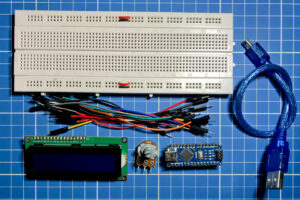
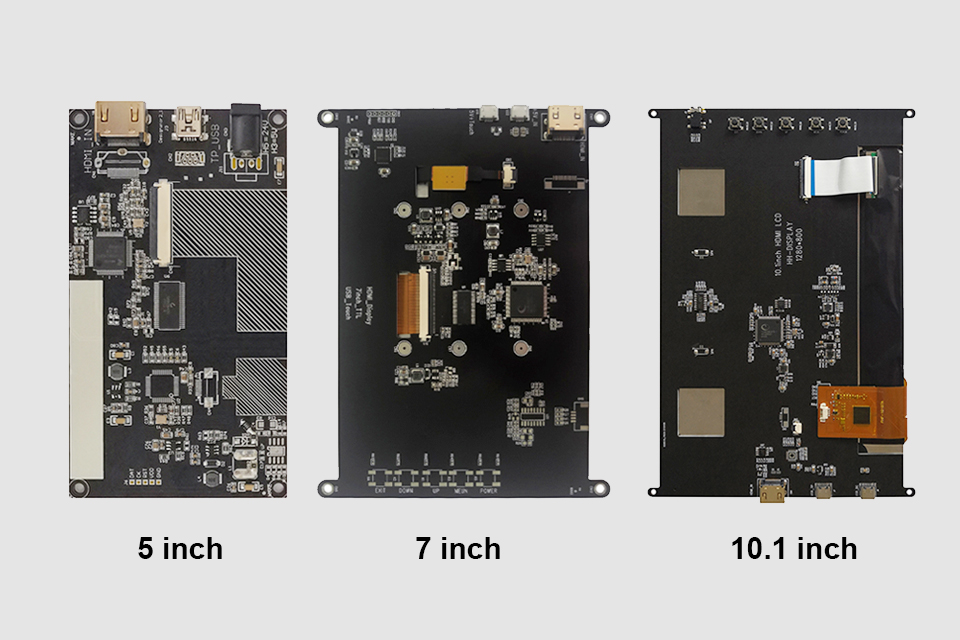
이 문서에서는 HDMI 드라이버 보드를 사용하여 LCD 화면을 Raspberry Pi에 연결하는 방법을 살펴보고, 기본적으로 단일 보드 컴퓨터를 소형 HDMI 모니터로 바꾸는 방법을 설명합니다.

이 기사에서는 증강 현실(AR) 렌즈의 흥미로운 세계를 깊이 있게 살펴보며, 특히 AR 안경용 교환 렌즈 시스템의 개발과 잠재력에 초점을 맞추고 있습니다.

이 기사에서는 OLED(유기 발광 다이오드) 디스플레이의 수명과 내구성을 LCD(액정 디스플레이) 화면과 비교하여 자세히 살펴봅니다.

@ 2025 디스플레이 모듈. 모든 권리 보유.
아래 양식을 작성하시면 곧 연락드리겠습니다.